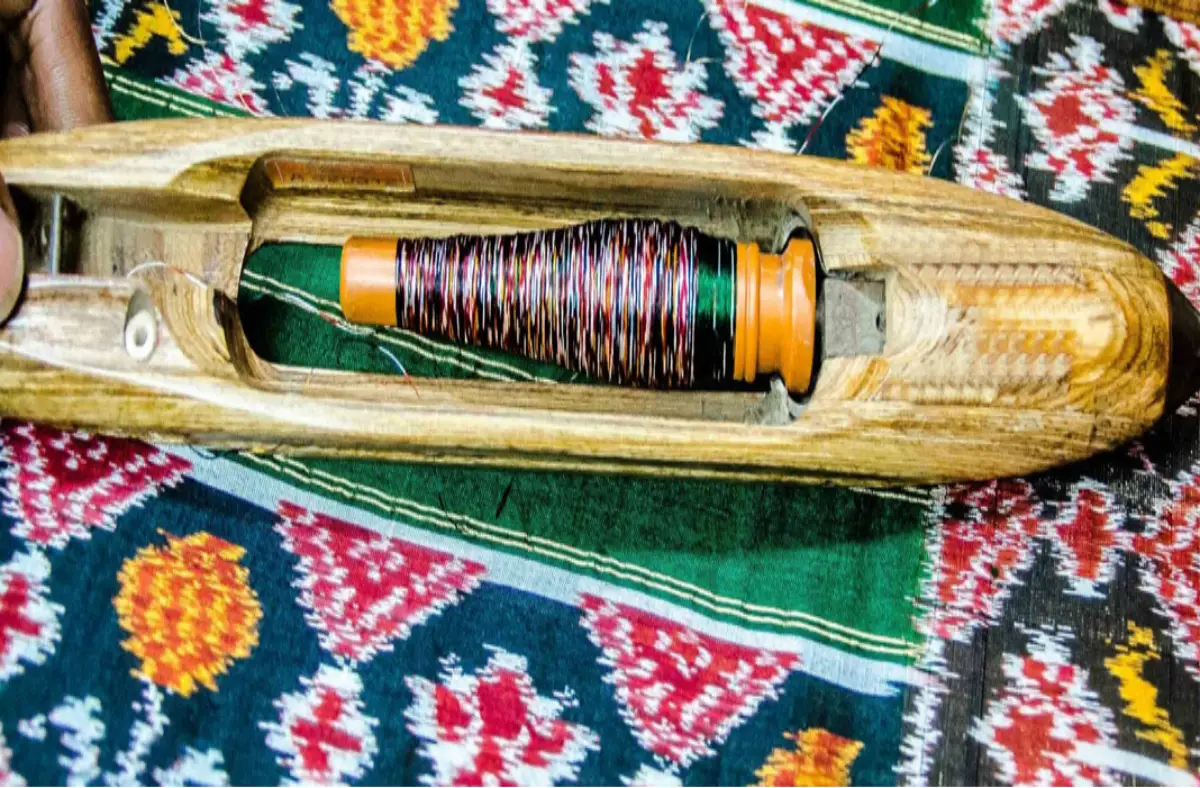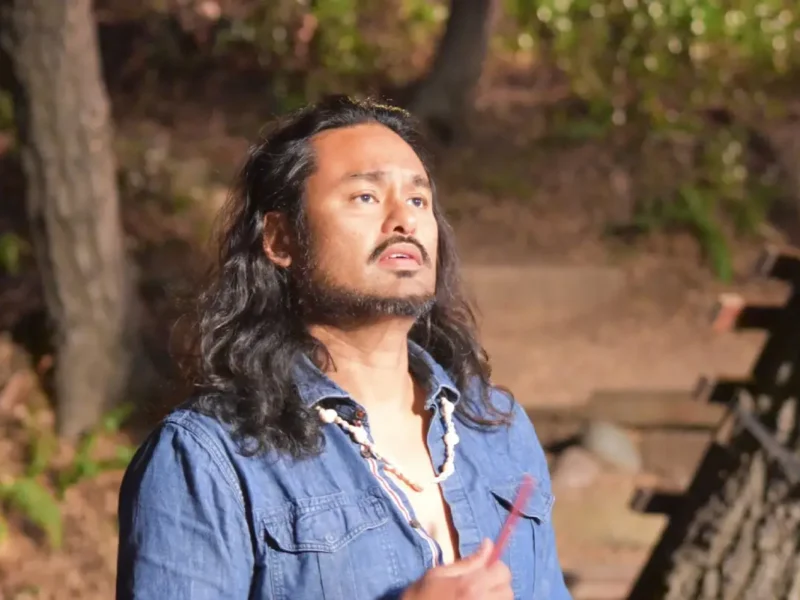
The Fabric Of A Culture: Pochampally’s Eternal Ikat Weave
India-West News Desk
POCHAMPALLY – In a celebration of heritage and hands-on artistry, contestants of the 72nd Miss World Festival recently visited the renowned weaving village of Pochampally in Telangana, offering the world a window into one of India’s most intricate textile traditions: Ikat.
As tourists and visitors step into the loom sheds and homes of weavers, they witnessed a process that is as complex as it is beautiful. Pochampally’s Ikat weaving—a tradition passed down through generations—is not just about weaving cloth, but about engineering patterns into yarn before the loom is even touched.
Unlike printed or embroidered textiles, Ikat involves resist-dyeing the yarns—either the vertical threads (warp), the horizontal threads (weft), or both—before they are woven. The threads are tightly bound with a waterproof material like rubber or cotton string in predetermined areas, then dyed.
These bindings resist the dye, leaving specific portions of the yarn untouched. This process is repeated multiple times with different colors to build intricate designs directly into the threads. Only once the dyeing is complete do the artisans carefully align the yarns on the loom. The resulting patterns emerge during weaving—a striking interplay of precision and artistry.
This technique is what gives Ikat its signature “blurred” effect, where colors seem to melt into one another. But in the hands of Pochampally’s master weavers, the patterns, mostly geometric, appear surprisingly sharp and precise, showcasing their unparalleled control over the process.
Pochampally, now globally recognized by the UN World Tourism Organization and on UNESCO’s tentative heritage list, is home to more than 10,000 weaving families across nearly 100 villages. The community produces the iconic Pochampally saris, known for their bold symmetry and vivid hues. The Telia Rumal, a specialty of the region, is also made here using a variation of Ikat that involves oil-treated threads for deeper color absorption.
Gujarat’s Patola and Odisha’s Bandha styles also offer unique Ikat expressions.




